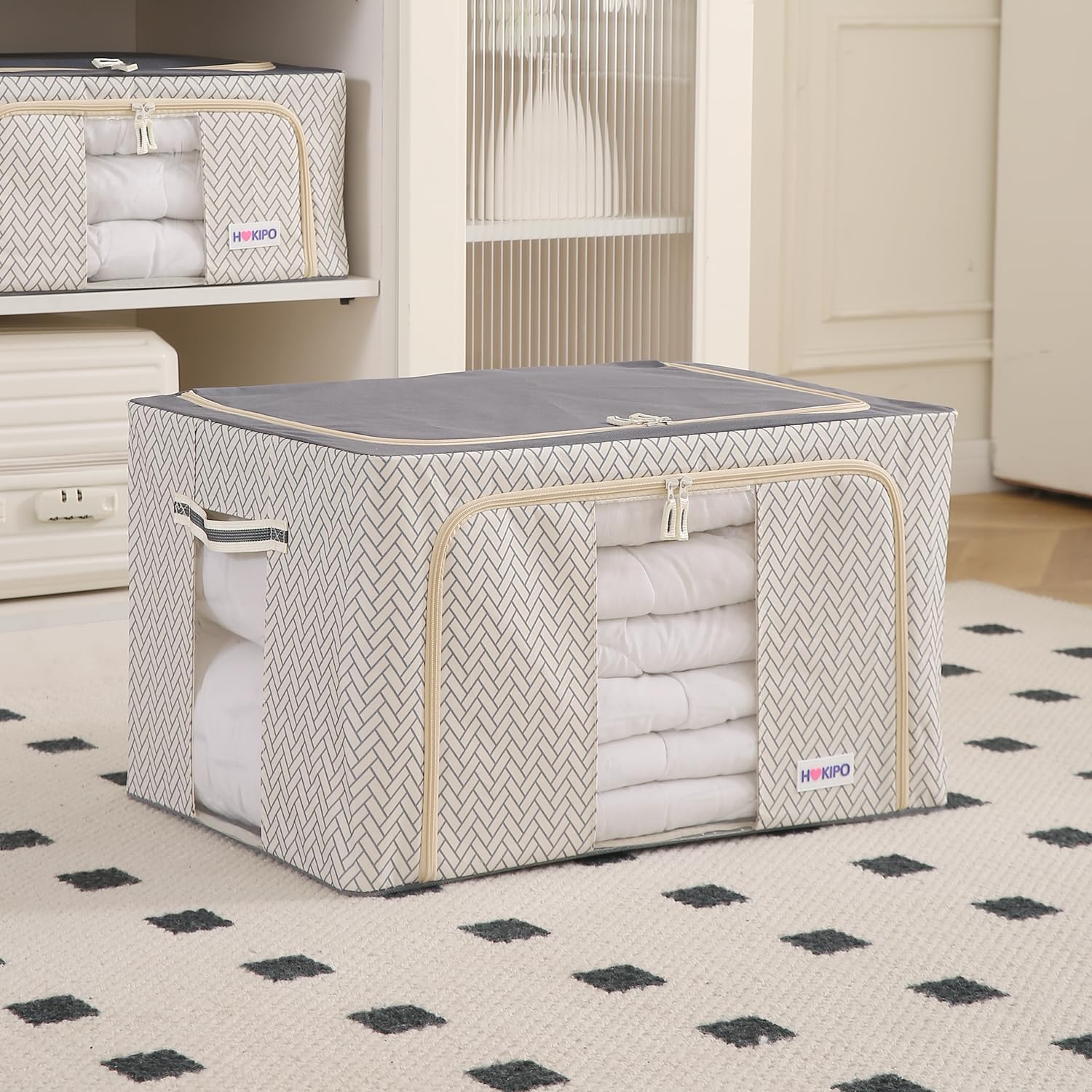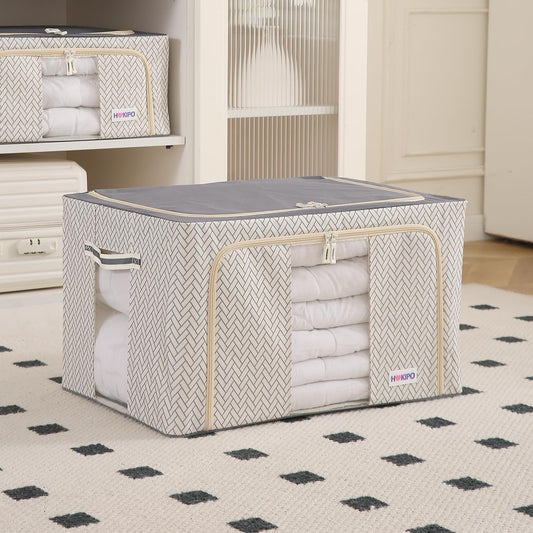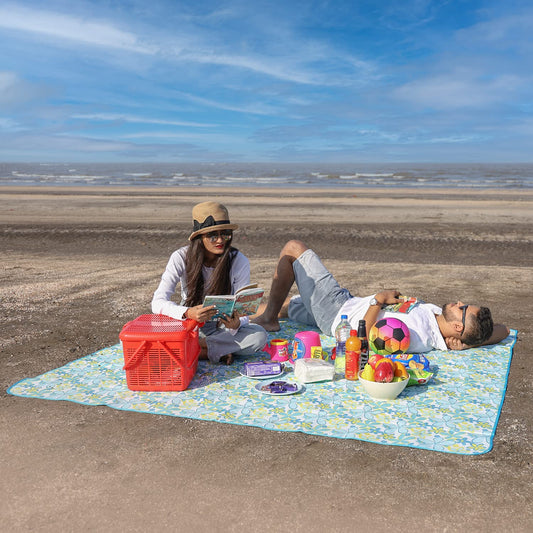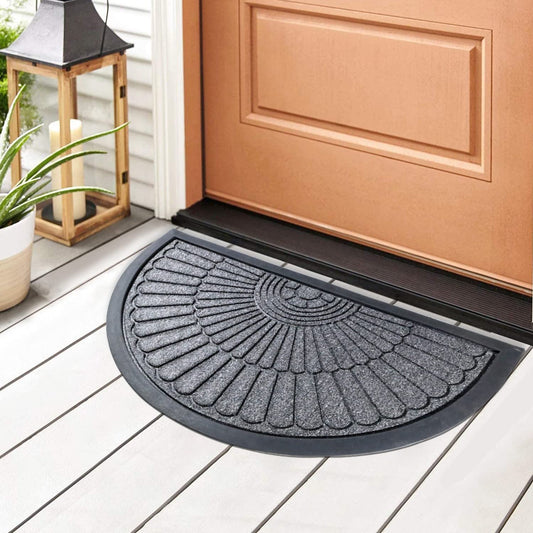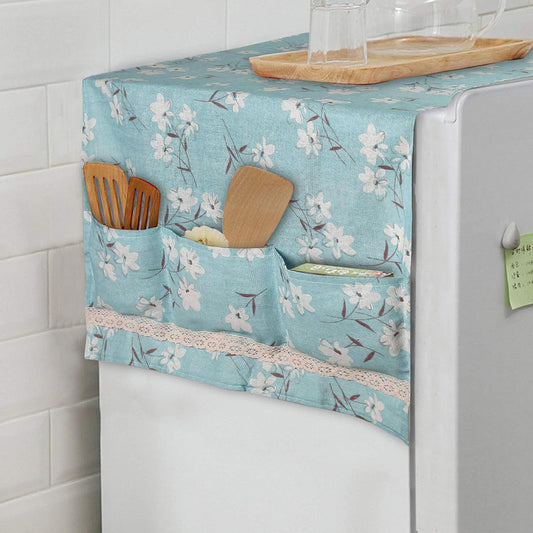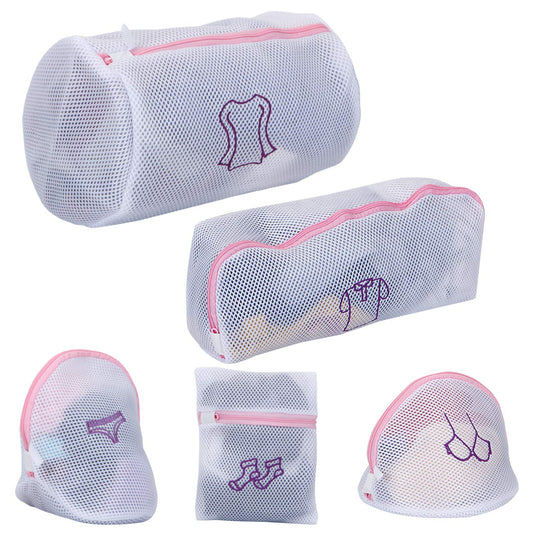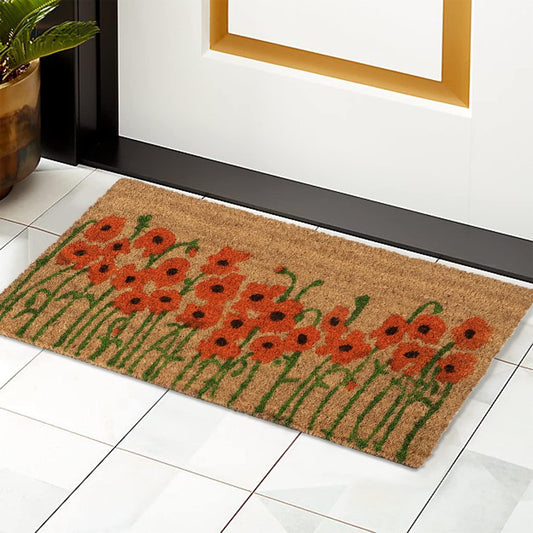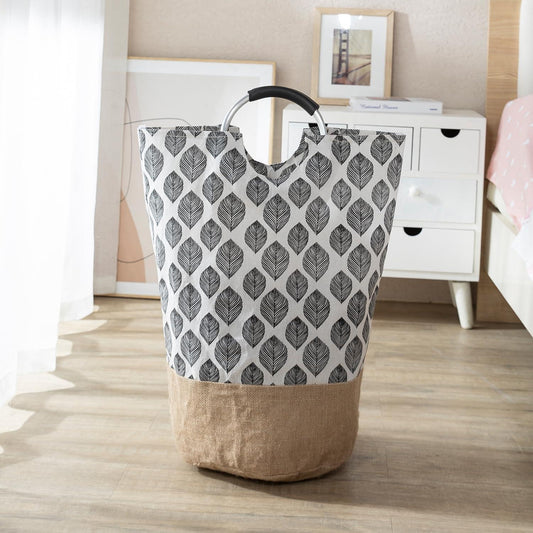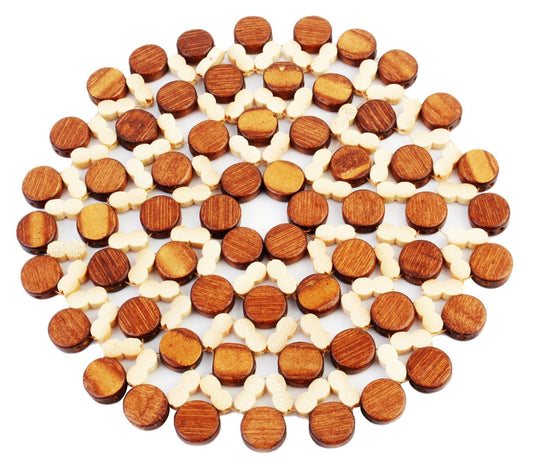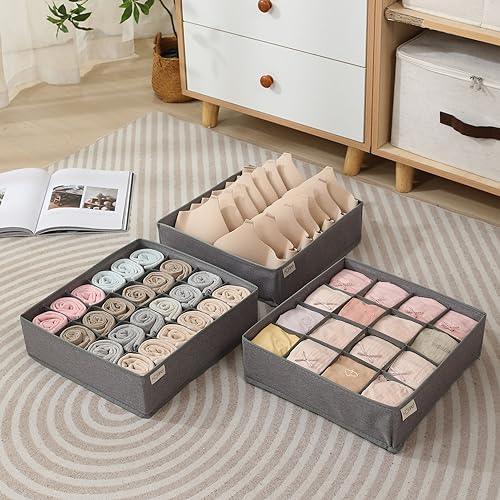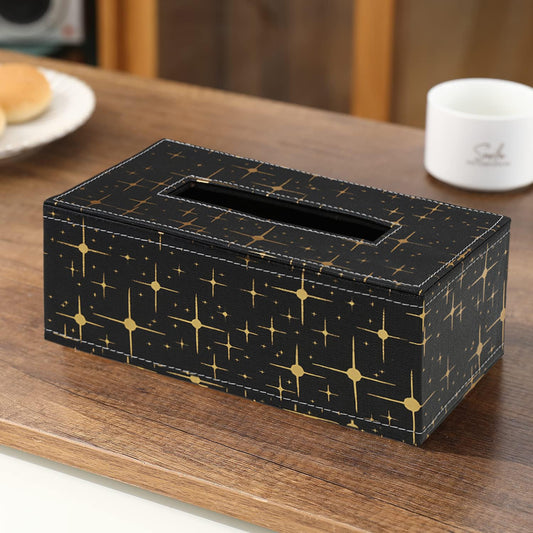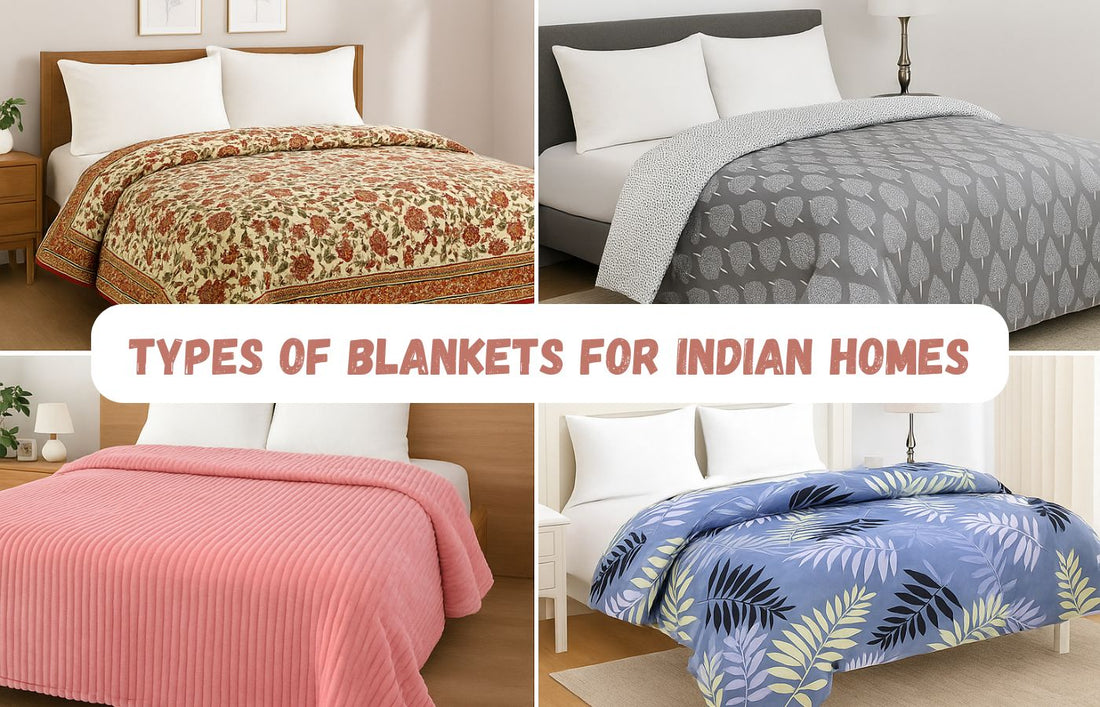
Types of Blankets for Indian Homes
India is a subcontinent. This means the country experiences all types of weather found across the world – from bone-chilling winters of the northeastern mountains to dry and scorching heat of the Thar desert spanning from Gujarat to Rajasthan.
As a result, the Indian climate also defines the type of bedding we use- from down to the earth floor to elaborate beds made from natural material to synthetic. The blanket, also called ‘chaddar’ or 'Kambal' in local parlance, is ubiquitous to almost every Indian household. The reason is simple for this popularity of blankets.
Uses of Blankets at Indian Homes
Blankets in India aren’t merely used for covering the body while resting, asleep or as a shield against chill weather, as in most parts of the world. Instead, blankets find multiple and sometimes rather creative uses in this country.
Here’re some common uses of blankets at Indian homes.
- Staying warm during winter
- Protection against mosquitos and other insects while awake or asleep
- As hammocks or makeshift cradles to rock neonates
- As partitions or barriers between rooms or to create a private space
- Gifts during weddings, birthdays, anniversaries or other special occasions
- Used as both bedding and covering where a proper mattress isn’t available
- For covering oneself during long distance travel on trains or buses
- Packing personal belongings where bags are not available
- Sometimes for drying foodstuff such as pappadam or other condiments
- As a mark of respect to cover mortal remains before and during funerals
- Given as relief to survivors of disasters such as earthquakes, floods and others
- As a stash to conceal jewelry, cash or other valuables under thick folds
- A fabric to snuggle while watching TV or bantering
- For fostering intimacy between couples
- Pricey handicrafts woven by hand or machine for export or domestic use
- Used as buffer in closets and cupboards when placing or wrapping fragile stuff
- To showcase tribal and rural or even regional cottage industries and artisans
- Donated to the underprivileged by both charities and individuals
As you can see, there are countless uses for blankets in Indian homes. This trend isn’t limited to rural or urban folk but instead prevails among the entire cross-section of the Indian society, regardless of economic or social stature.
In fact, used and damaged, or even tattered blankets, are retained. They’re carefully recycled by expert hands as quilts or even as homemade blankets.
Since there are myriad reasons for using blankets in Indian homes, regardless of whether it’s a plush villa or a humble shack, let’s see how people select blankets for Indian homes
How Blankets Are Selected Across India?
Actually, there are several factors that go into selecting something as humble as a blanket for Indian homes. Rightly so, because one type of blanket might not suit the other household or individual.
Here are some broad considerations for Indians that decide the type of blanket to buy.
Climatic Zone
The place where you live plays the single-most important factor that that decides the type of blanket to buy for Indian homes.
Purpose
Indians find countless purposes for their blankets, as I have mentioned above- from a simple covering during sleep to uses in travel or even gifts and charities.
Ease of Maintenance
Though washing machines are common across India, many households don’t possess one for reasons such as affordability, preference for manual laundering, availability of water and electricity.
Tradition- based Choices
Most persons select a blanket based on their native traditions or culture for either adhering to their ethnic identity or for the comfort, both physical and psychological, that it gives.
Affordability
While blankets of all types are relatively affordable in India, buying one is basically decided by how much a household wishes to spend on elaborate, branded ones, to those from smaller, unorganised industry.
Nature of Users
Households with seniors may lean towards buying thicker and more natural fiber blankets, while those with kids could prefer quick drying varieties made of synthetic materials.
Color Preferences
Indians have specific colour preferences when it comes to blankets, and darker ones or those in pastel shades are preferred since they exude an overall feel of superior comfort.
Touch and Feel
People around the world, including in India, buy blankets based on the touch and feel of the fabric. They will opt only for those blankets that feel right on their skin.
Home Décor
And yes, home décor or specifically bedroom décor, does play a major role in deciding on the type of blanket to buy in Indian homes. Most people try blending the type, colour and design of their bedroom or home décor.
Use of Air Conditioners
Air conditioners are becoming increasingly popular across India, especially in urban centres, and hence, the choice of a blanket is also dictated by this electrical appliance.
Additionally, we Indians consider a few other factors such as personal tastes, the number of persons sharing the blanket, such as an adult couple, kids sleeping together and so on. Bed size also plays an important role as does the colour and design of the bed linen we use.
Types of Blankets Used in India
With multiple reasons to buy a blanket for Indian homes and countless considerations, it’s natural that this country would have an equally fascinating array of blankets for everyone. In fact, India has a lot more varieties of blankets than any other country around the world
Here are some common types of blankets for Indian homes:
Cotton Blankets
Lightweight, breathable, and ideal for summer or humid regions like coastal Maharashtra. Easy to wash and perfect for everyday use.
Wool Blankets
Traditional and warm, these are great for northern winters. Think Kullu or Bhujodi weaves—functional and culturally rich.
Mink Blankets
Soft, plush, and luxurious. Popular in urban homes for their warmth and aesthetic appeal during colder months.
Fleece Blankets
Affordable and cosy, fleece is a synthetic option that retains heat well. Great for layering or as a throw.
Jaipuri Razai (Quilts)
A cultural classic. These hand-block printed cotton quilts are light yet warm, perfect for mild winters.
Microfiber Blankets
Durable and hypoallergenic, these are good for families with kids or allergy concerns.
Weighted Blankets
Gaining popularity for their calming effect, especially in urban homes focused on wellness and sleep quality.
Electric Blankets
Useful in colder regions like Himachal Pradesh or Jammu & Kashmir, though less common due to power concerns and safety.
Bamboo Blankets
Eco-friendly and breathable, ideal for those seeking sustainable options with a soft touch, mainly found in North East India or the Seven Sisters states.
Handloom or Khadi Blankets
For those who value artisanal craftsmanship and natural fibres, these offer both warmth and cultural resonance. These have gained traction with the Indian government, now actively promoting Khadi and handloom.
In India, we can also buy blankets imported from other countries. These are expensive and available both offline and online, and originate in countries as diverse as Spain and China. A lot of European and US-made blankets are brought into India by both returning expatriates and foreign tourists, especially backpackers.
Now, let’s explore which are the best blankets for Indian homes.
Best Blankets for Indian Homes
The best blankets for Indian homes are those that consider the maximum number of purposes listed above and most of your requirements.
If we look closely, the various types of Indian blankets mentioned in this article might fall short of meeting all your needs. Therefore, if you’re planning on buying a blanket for any reason, consider the ones listed below with reasons.
AC Fleece Blankets

For your home in any part of India, an AC fleece blanket can serve most of the purposes. These blankets are made of 220 GSM flannel fleece or a synthetic microfiber made of polyester.
Polyester microfiber can actually mimic wool. That means it offers superior comfort that we all look for in blankets. Though polyester flannel fleece is made of synthetic material, it provides insulation against temperature swings that are common across India. Such material doesn’t provide a defence against stains because of the high absorption capability of the fibres.
This quality makes AC flannel fleece blankets desirable for uses at home, where air conditioners or even ceiling fans are used. The reason is simple: AC flannel fleece made of superior quality microfiber is breathable- it can lock in heat or stay cooler by regulating with your body’s biological temperature. This temperature regulation is a feature that most traditional Indian blankets would lack.
Furthermore, such blankets are easy to maintain and can be hand-washed or laundered in machines easily. They dry quickly, too. Additionally, AC flannel fleece is durable and doesn’t fade or bleed colour, making these blankets suitable for heavy, daily use.
Reversible AC Cotton Dohar Blanket

The term Dohar might sound confusing to you. Therefore, I will explain briefly. A Dohar is a traditional summer blanket of India, predominantly used in the country’s northern states.
It’s made specially by stitching two layers of soft cotton on the two sides and a thin felt or sometimes, microfiber sheet, sandwiched between. This unique Indian crafting gives a Dohar enough weight and bulk while remaining breathable.
The reversible AC cotton Dohar we get nowadays in markets are superbly crafted from highest quality cotton fabric and felt. The term AC is used to signify that these Dohar retain their characteristics of providing the right temperature even when used indoors in modern homes.
Being reversible, you can use these AC Dohar blankets to create a superb bedroom décor. They can also serve as comforters when needed. A reversible AC cotton Dohar blanket isn’t merely wonderful to use, and comfortable. It’s also easy to maintain. It can be easily washed by hand or in a machine.
Since these reversible AC cotton Dohars are made of natural fiber, they’re highly absorbent and can stain quickly. Therefore, you would have to use them with some degree of care. However, common stains can be washed away easily.
Comforter Sets

While an AC comforter isn’t exactly a blanket, it’s commonly used as one at Indian homes. Here’s why AC comforters double up as blankets in India: they’re crafted from brushed microfiber fabric filled with 220 GSM hollow siliconized fibres.
This offers a lightweight touch. Its hollow structure helps retain warmth while remaining cosy and breathable.
Additionally, such AC comforters are also easy to maintain despite being bulky. They can be washed at home easily. They’re not stain-proof or water resistant. However, you can eliminate the majority of stains by handwash or machine wash.
An AC comforter serves two purposes: it can serve as a blanket when needed, and is commonly used as one. It can also be used effectively for giving your bed that neat look while adding to bedroom décor.
Sizes of Blankets, Dohars and Comforters
A common consideration while buying a blanket, Dohar or comforter is the sizes. Usually, all these bedroom items are made in standard sizes such as Single, Double, Queen and King. It’s always better to check the sizes available by visiting some top products online.
The trend of standard sizes has prevailed in India for decades. It’s a result of most Indians now relying on readymade mattresses and other bed linen instead of using customised ones due to easy availability and economy. Blankets in India therefore, conform to international sizes.
Conclusion
AC flannel fleece blankets, AC reversible cotton Dohars and comforters from top brands are available both online at very reasonable and affordable rates.
They’re crafted for use all across India and made to suit every climatic system that prevails in this country- from chill north and north-eastern states that border the Himalaya range to tropical climates of India’s long and enviable coastline.
They can suit your needs in places where temperatures swing wildly or even in those places that witness every season- summer, winter, monsoons and in some places, all four.
